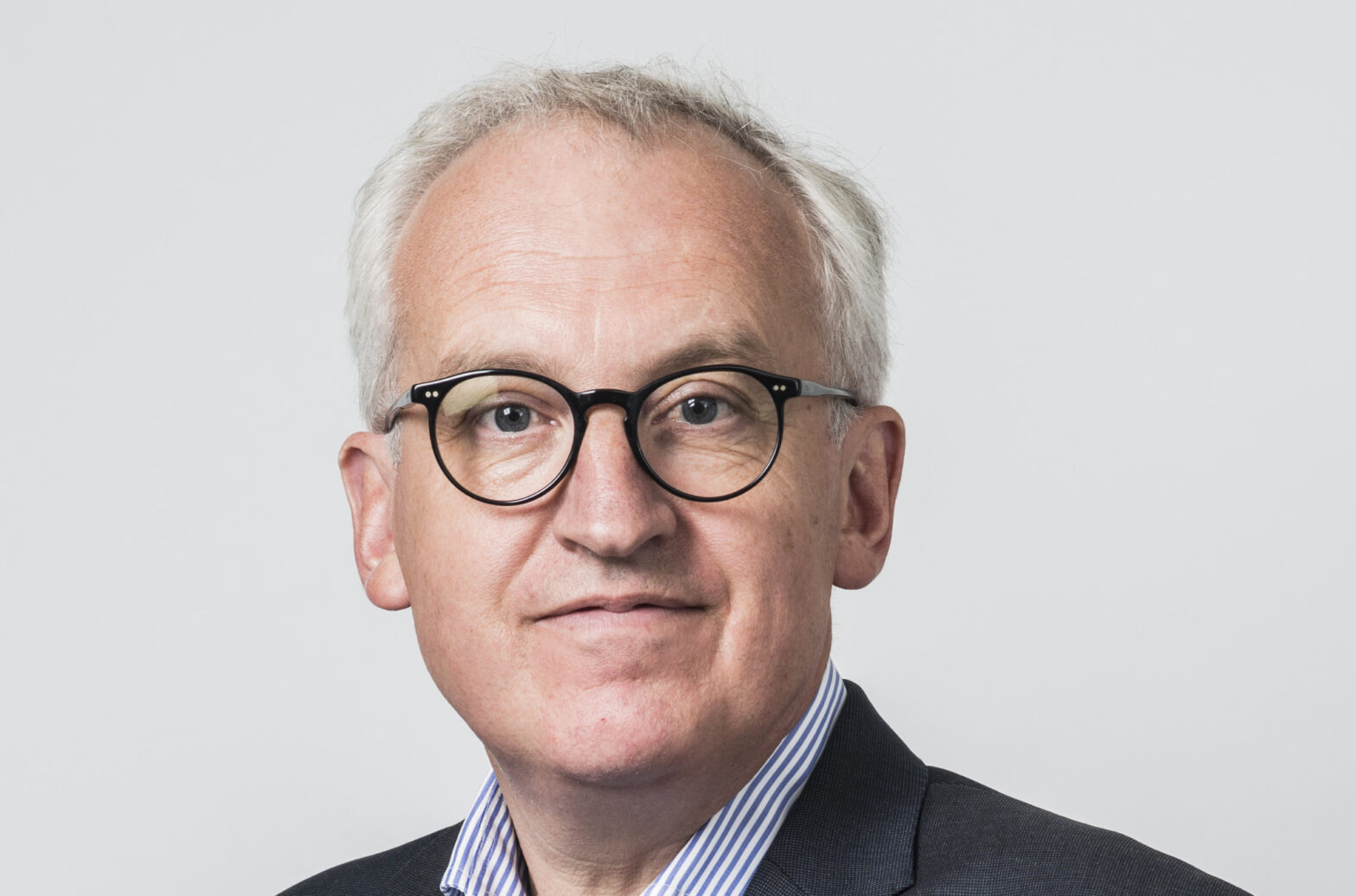The peer-to-peer lending landscape has come a long way since Funding Circle emerged to establish the scene in 2010. While the aforementioned remains the largest individual lender in the peer-to-peer space, to the tune of £3.4 billion, over the last eight years there have emerged a host of other options on the debt side; from RateSetter, to ThinCats to LendInvest, there seems to be an online option for all loan needs.
Launched in 2014, ArchOver is now a relatively established player in the scene and has the capacity to offer slightly larger rounds of finance than many competitors, with loan sizes ranging from £250,000-£5 million. Here, we talk to founder Angus Dent about his offering and how it fits into this dynamic marketplace today.
What is ArchOver and how did it start?
The concept for ArchOver came from what I was doing before – running a software business. That business was listed on AIM and also on Toronto’s TSX; we had money but that money was directed to particular projects. So when other projects came along that were potentially very profitable, we had to turn them away because we couldn’t raise the money.
In those days, seven or eight years ago, you could go to a high street bank and you could get £100,000 or so. We could and did raise large amounts of money on AIM; $50 million one summer and bought a business off Nokia. But if you want £500,000 for a project, where do you go to get it? The bank on the corner will tell you you are a software company, you’ve got no assets. What about this £30 million we’ve put into the software? No, that doesn’t count, it’s not bricks and mortar. OK, thanks very much. Trashed our business model. You can’t go to AIM for £500,000 because it will cost you £100,000 or £150,000 to raise it. The costs are way too high. So where do you go? You’re stuck.
That was the first part of the idea, to see if we could find a way to get those sorts of amounts of money. We start at £500,000, and go through to several million; an area the banks are not really that interested in. And on the investor side, we saw people post-2008, interest rates very, very low, people have still got cash, how are they going to get a decent return on it? So the idea, and still what we do, is we match those businesses that have that need to borrow money with the people who have a desire to earn more of a return on their money and are willing to take a little bit more risk to get that return.
How does your offering stack up in the marketplace alongside the likes of Funding Circle and ThinCats?
I don’t really view those companies as competition; ThinCats a little bit perhaps. When we started thinking about the sector properly in 2013 and launched in 2014, RateSetter were there and were primarily lending, as with Funding Circle, amounts like £20,000, £30,000, £50,000, to very small businesses, the ‘plumber that needs a new van’ type business. Nothing wrong with that lending or that business, but that wasn’t what we were interested in. We were always interested in something a bit bigger. The smallest loans we’ve ever done are £100,000.
ThinCats’ model in those days was led by the introducers and the introducers were doing all of the credit analysis – you’re almost telling the poacher he can be the gamekeeper. It’s a curious model, but it worked well for a while. We wanted to do something different to them, something with a more rigorous credit analysis attached to it, so that we built the confidence in the lender base, the confidence that would be there over a sustained period.
The competition for us really was with bank overdrafts, which were very often not available and have certainly been cut back over recent years; and invoice discounting, which we see as appropriate for some businesses but not for the majority.
How did the business scale to its current point?
The first thing we needed to do in 2013 was to build the platform on which to transact. If we’d tried to do it all on spreadsheets, we’d have ended up with an army of people probably making mistakes, and we’d never have got through the regulatory process that we needed to navigate. So the first thing we built was the platform and took on our head of technology.
We brought a guy in on the commercial side who could actually go out and talk to potential borrowers. We then brought in four graduates, all of whom are still with us. And we just really got busy going out talking to people, talking to potential lenders, talking to potential borrowers. We got the first few projects on the platform; we brought someone in who I had worked with before, to do the credit on them. I did the credit on the first couple of loans; I’m a chartered accountant by profession, so that was fine.
What do you need to have in place to run a successful peer-to-peer business?
You need to market it so that people know that it’s there; so we fairly quickly started to build a marketing team. You need a commercial team but in fact you actually need two commercial teams, because you need one focused on borrowers and one focused on lenders. So we have those in place now. Once the projects start coming through, of course, you need credit, so we have a credit analysis team.
What we do that’s a little bit different to some of the others, and is more like old-fashioned banking, is not only do we do a decent job of credit before the loan is made but we monitor very carefully afterwards. Some of the peer-to-peers have certainly been accused of getting the money out of the door and forgetting about it; that’s never been our way of doing things. Then you need a platform, you need that operations side of the business to pull all that together and my fellow executive director heads that up. And then we have an accounts function, to make sure the invoices go out, the wages get paid, and we know where we’ve made a profit and where we haven’t made a profit.
How did you raise money yourselves?
We started with our own money; about £300,000 that was put up between myself and a guy called Brian Basham. Brian’s love is starting businesses, getting them through the first 18 months or so and then exiting.
We then brought in an organisation that took equity for an investment of £750,000. Since then, they’ve lent us another £2 million but maybe more importantly than that, they’ve lent £5 million across the platform as well, so they are our largest single lender over the platform.
What, to your mind, is the future of the peer-to-peer industry?
I think the demand from business is still increasing. Despite what they say, I think the big four banks are still less interested in that sub-£10 million bracket. These people are such big lenders to business that even if it declines a tiny percentage, there’s a lot of businesses out there who are going to feel that pain. At the same time, you’ve got the challenger banks coming in and some of them I think are doing a very good job but they are tending, too often I think, to replicate what the big banks do. They have very similar restrictions; some of those of course are regulatory restrictions, deriving ultimately from the Basel regulations and how much capital they need to put aside for businesses that are those particular sizes. All of which of course gives opportunity to us.
Was there ever any intention of exploring the equity side?
We have thought about it, yes. We’re a fairly small team; we wanted to get something running with a relatively small amount of money and do it properly and professionally. That’s not to say that others aren’t but do it in a different way. So you have to focus on one thing. We picked debt because we thought that was where the gap is. Would we ever do equity? Never say never, one day we might.







